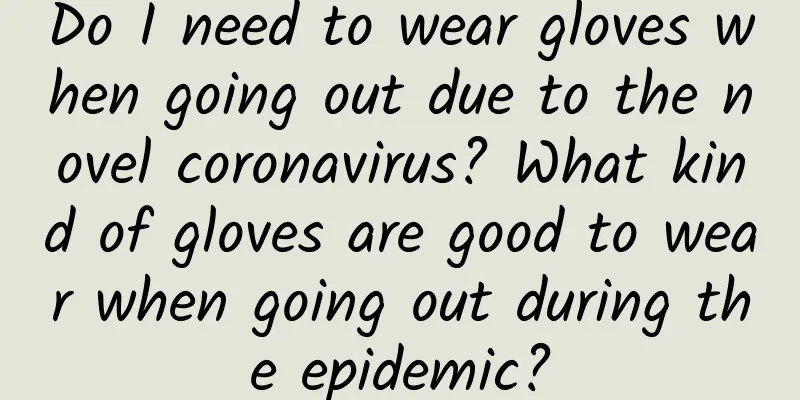It is estimated that more than 5 million primary and secondary school students have scoliosis! This exercise can be used to check yourself

|
Survey shows At present, the number of primary and secondary school students with scoliosis in my country is estimated to exceed 5 million And it is still increasing at a rate of about 300,000 per year. Scoliosis has become the most common disease after obesity and myopia The third largest disease endangering the health of children and adolescents 1 Scoliosis is expected to exceed 5 million among primary and secondary school students in my country Doctors are screening children for scoliosis at Fuchun No. 7 Primary School in Fuyang District, Hangzhou City, Zhejiang Province. Since last year, Fuyang District Traditional Chinese Medicine Orthopedic Hospital has screened fifth-grade and eighth-grade students in the district. The screening results show that the proportion of suspected positive and confirmed scoliosis is 9.2%, and the ratio of girls to boys is about 4:1. He Xiaodan, a doctor at Fuyang District Traditional Chinese Medicine Orthopedic Hospital in Hangzhou, Zhejiang Province: Generally speaking, it is considered to be a posture-related reason. Children nowadays are under academic pressure or sit for a long time, and their posture is not well corrected, which causes some local muscle imbalances and scoliosis. Screening data show that the proportion of scoliosis among junior high school girls is relatively high. In addition to incorrect sitting and sleeping postures, more than 80% of them have learned dance. He Xiaodan, a doctor at Fuyang District Traditional Chinese Medicine Orthopedic Hospital in Hangzhou, Zhejiang Province: From a professional perspective, we focus on muscle-related factors. It may be due to unbalanced force, or the teacher may have a problem with the force when teaching the children. Some muscles are not exerted in a standard way, which may gradually cause progressive scoliosis. How to detect scoliosis in children? In response to the problem of scoliosis among primary and secondary school students, the National Health Commission issued the "Technical Guidelines for the Prevention and Control of Abnormal Spinal Curvature in Children and Adolescents" last year, requiring that screening items be included in student physical examinations and that screening results be recorded in health records. Scoliosis has no obvious symptoms in the early stages, no pain or itching, and no obvious physical deformities, so it is often ignored. In daily life, how can we tell whether a child's spine has scoliosis? Xiao Bin, deputy chief physician of spine surgery at Beijing Jishuitan Hospital: If it is a girl, the mother can pay attention to it after bathing (the child). Check from the back to see if the shoulders on both sides are at the same height, whether the neck is tilted, and whether the waistlines on both sides are symmetrical. Another simple method is to do a forward flexion experiment. Put your feet together with shoulder width, point your fingers at the toes, and bend 90 degrees. Parents can check from the front or back to see if the height of the two sides of the child's back is the same. If you find that the height is different on both sides, it is recommended to go to the hospital for further diagnosis. Non-structural scoliosis can be corrected by adjusting posture Scoliosis will gradually worsen with age, affecting body balance. In severe cases, it can affect breathing, heart function, and even paralysis. So what should you do if you discover scoliosis in a teenager? Let's hear what the doctor says. Scoliosis is divided into two categories: non-structural scoliosis and structural scoliosis. Structural scoliosis is caused by problems with the spine itself and cannot be corrected by adjusting the body posture; non-structural scoliosis can be simply understood as "false scoliosis", which is a posture problem caused by behavioral habits. Xiao Bin, deputy chief physician of spine surgery at Beijing Jishuitan Hospital: Incorrect sitting posture, crossing legs, and lying on one side while doing homework may cause abnormal spinal curvature. However, these postures can be adjusted actively or passively to return the spine to the midline. Structural scoliosis includes congenital scoliosis, acquired scoliosis and idiopathic scoliosis of unknown cause. Adolescents are often prone to structural scoliosis of unknown cause, which requires timely treatment because the disease will develop rapidly during adolescence, not only affecting body shape, but also may cause abnormal cardiopulmonary function. Xiao Bin, deputy chief physician of spine surgery at Beijing Jishuitan Hospital: Generally speaking, we consider the degree of scoliosis to be between 25 degrees and 45 degrees, and the child is in the growth period and has growth potential. For children at this stage, we recommend scoliosis correction brace treatment. If the degree is relatively small, below 20 degrees, we recommend regular observation of these children. Some rehabilitation training can be done. If the degree of scoliosis is greater than 45 degrees, we see obvious deformity in appearance, and the body may show signs of imbalance, and some children may even have a tendency to worsen. In this case, we recommend surgical treatment. This article is reproduced from: Science and Technology Daily Source: CCTV News Client |
Recommend
What should women eat to nourish their body?
Female friends are actually a group of people who...
What to do if the vehicle exhaust gas fails the inspection? Where to check if the vehicle exhaust gas exceeds the standard?
Exhaust is an indicator of automobiles that is ch...
March 3, the 25th National Ear Care Day | Here’s what you need to know →
March 3, 2024 The 25th National Ear Care Day This...
Symptoms after conception
For many new mothers, there may be certain defici...
Is rose a climbing rose? How to distinguish between roses and climbing roses?
Roses and climbing roses are both common flowers ...
Why is the vulva white and itchy?
Whitening and itching of the vulva is a common vu...
What are the causes of uterine fibroids?
What are the causes of uterine fibroids? Since th...
"Iris photography" is a big hit! Taking photos of your eyeballs, doctors warn: It's dangerous!
Review expert: Peng Guoqiu, deputy chief physicia...
Why are there more heart attack patients during the Chinese New Year than usual? Playing in moderation can effectively prevent heart attacks
The Spring Festival is approaching, and every hou...
Causes of bleeding 20 days after blastocyst transfer
Need to look at the blood HCG value. If you are n...
There is a pool of blood when you urinate during menstruation
Women usually have a fixed menstrual life during ...
What medicine is used for mixed fungal and bacterial infections
Fungal infection is the most common fungal vagini...
Can a low placenta cause heavy bleeding?
Any behavior of a pregnant woman during pregnancy...
How can a woman's yellow face turn white?
The skin of the yellow race is not so white, but ...









